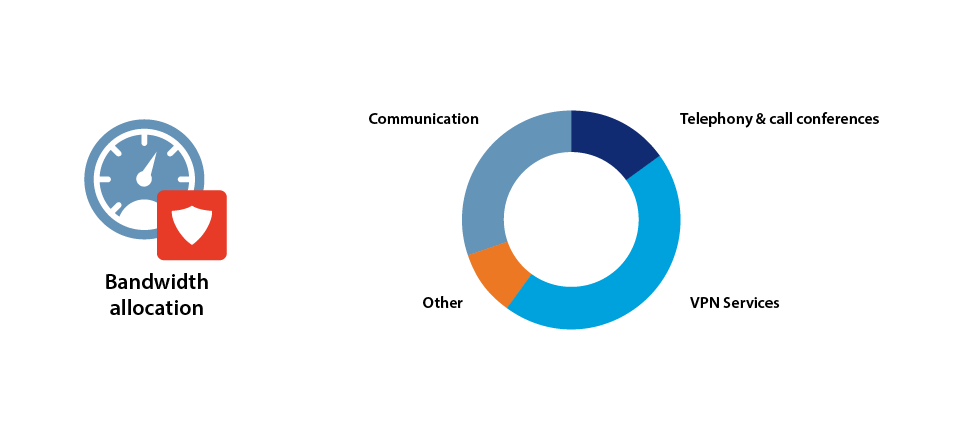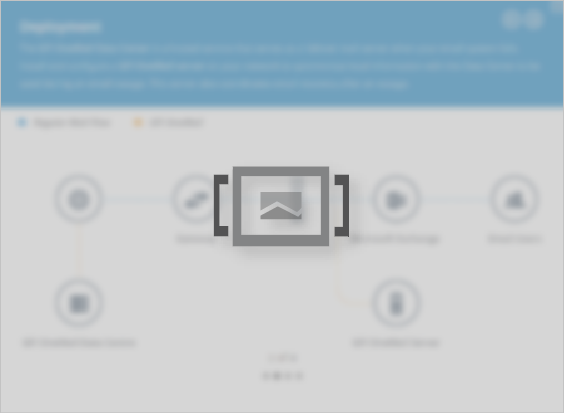How it works
Use the slide show below to learn how Kerio Control works. Click the arrows on the sides or swipe left/right to navigate through the slides.
Flexible deployment
To deploy Kerio Control, select from the following types of installation solutions: a software appliance to your own bare metal, a virtual appliance if you use VMware or Hyper-V virtual environment, or just connect a pre-installed and pre-configured hardware device to your network. More information...
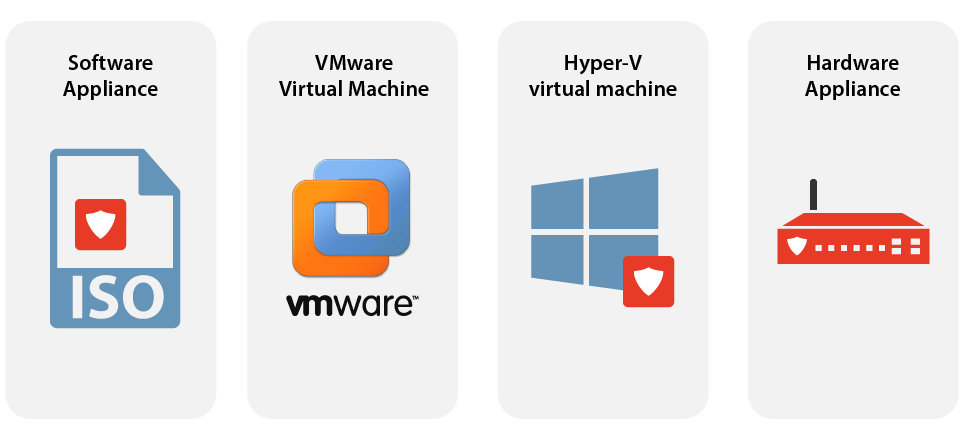
Connect to the Internet
Kerio Control needs access to the Internet, so you need at least one public interface and one internal interface for your local network. Devices in your local network get IP addresses from the private range since Kerio Control provides IP addressAn identifier assigned to devices connected to a TCP/IP network. translation automatically. More information...
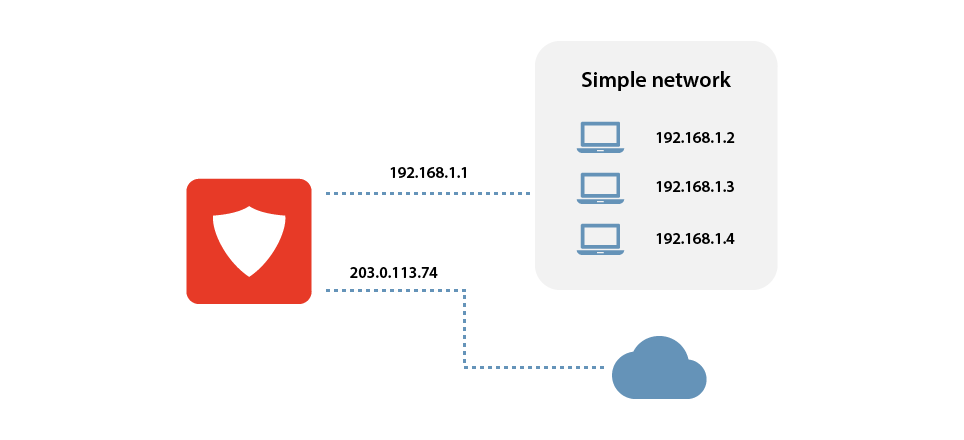
Unified Threat Management Without Complexity
With Kerio Control, you can create local networks and demilitarized zones which are protected by the Kerio Control firewall. Different rules, restrictions and reservations can be set on each subnet. Kerio Control also provides a router, intrusion detection and prevention (IPS), gateway anti-virus and a web content/application filtering.
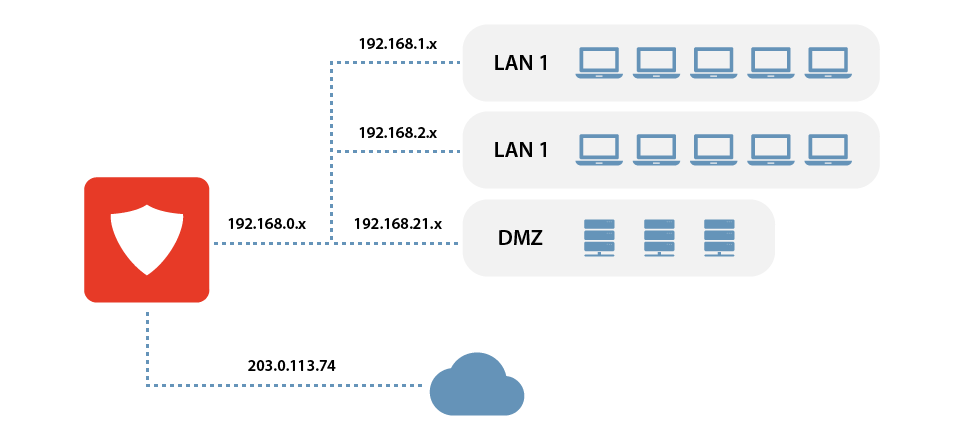
Connect securely to the Kerio Control network
You can link geographically distributed networks, users and branch offices securely using the Kerio VPN tunnel. Roaming users can connect to the Kerio Control network via VPNVirtual private network - A network that enables users connect securely to a private network over the Internet. using the Kerio Control VPN Client. Alternatively use industry-standard IPsecInternet Protocol security - A network protocol used to encrypt and secure data sent over a network./L2TPLayer 2 Tunneling Protocol - A tunneling protocol used with IPsec. for connectivity from roaming mobile devices or third-party firewalls.
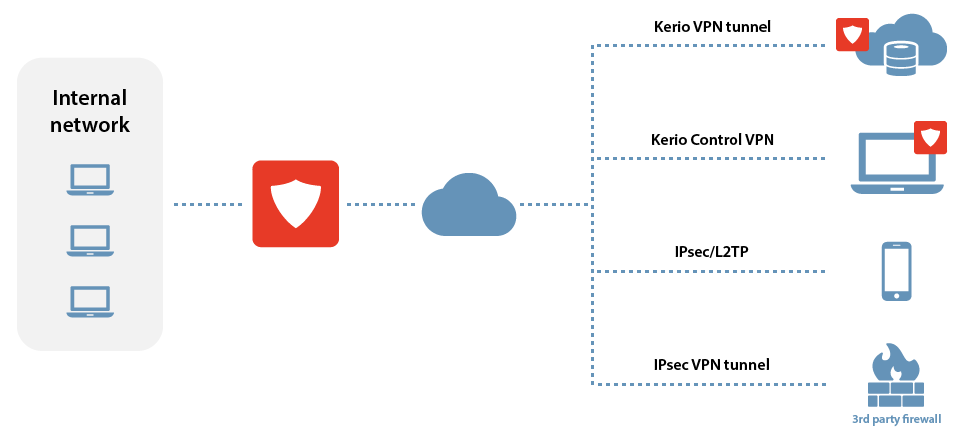
Multiple Internet Links with Load balancing
Kerio Control features load balancing and failover mechanisms on multiple internet connections. It spreads data transferred between the LANLocal area network - A network that connects computers and other devices in a small area. and the Internet among these connections. This also serves as a connection failover, where if any of the connections fail, data is transferred among the other connections.
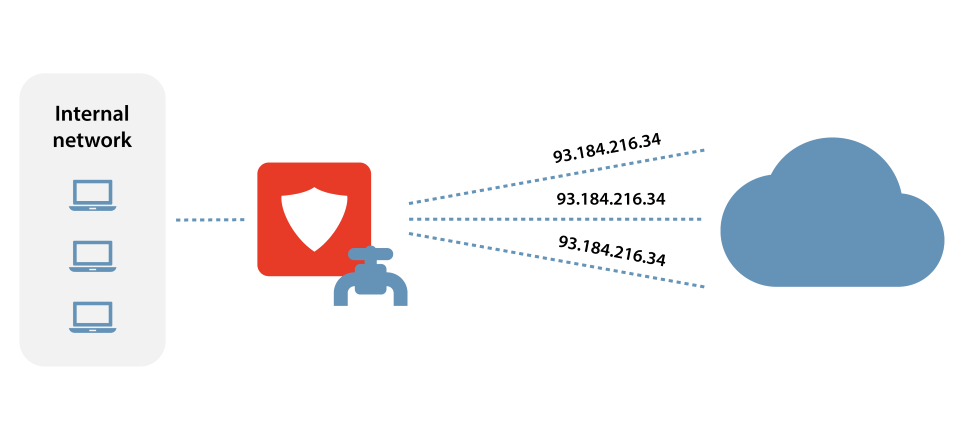
Quality of Service and Bandwidth allocation
Kerio Control QoSQuality of service - Network's ability to obtain maximum bandwidth and manage other network performance elements like latency, error rate and uptime. gives control over how much bandwidth each type of network traffic can consume. Cap lower priority traffic by setting a bandwidth maximum, or guarantee high priority traffic by assigning a minimum. More information...
